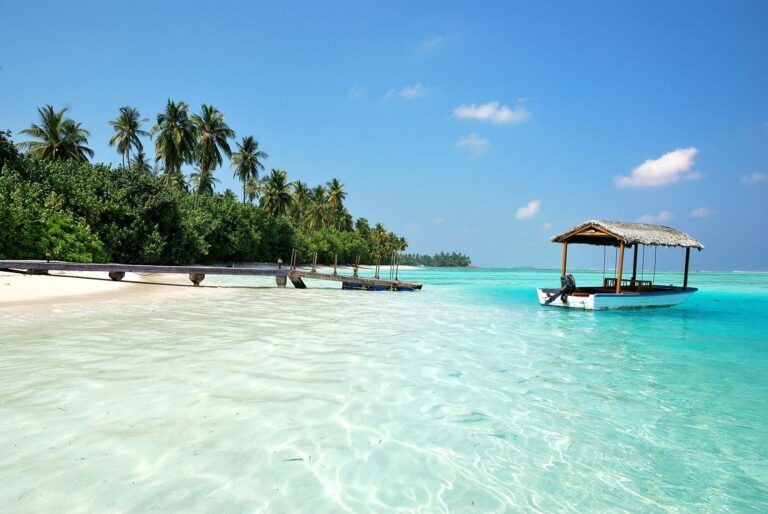The Maldives reached one million tourists in 2013. Tourism is the largest industry in the Maldives with 20% of the GDP and 60% of the foreign exchange that flows into the country coming through the tourism sector. Over 90% of the government tax revenue comes from tourism-related taxes and import duties.
Fishing is the second leading economic sector of the Maldives with a significant amount of the country’s income being generated through the export of fish and other marine products. Tuna is the most common fish export from the Maldives.
The Maldivian economy is regarded as exemplary in the region and welcomes foreign investments.
Currency
Rufiyaa (MRF) and Laari (L) (1 Rufiyaa = 100 Laaris)
Rufiyaa bank notes came in denominations of 5, 10, 20, 50, 100 and 500
ATMs are available at the airport and in Male’ for those wanting to withdraw local currency.
Payments of most hard cash currencies are accepted at all resorts and hotels, and most major international credit cards are also accepted. Some resorts offer all-inclusive, cash-free holiday options.
In Male’, tourists can pay for purchases using Rufiyaa but US Dollars are also welcomed. Tourism goods and services in the Maldives are now subject to TGST (Tourism Goods and Services Tax), which is charged at 12%. This includes things such as souvenirs from the boutiques as well as drinks or food not included in your resort meal plan.
It’s recommended that if you have any significant amounts of Rufiyaa left at the end of your holiday you should change it before you leave as you will be unable to convert it at a foreign exchange outside of the Maldives.
Commonly used credit cards
- American Express
- Visa
- Master Card
- Diners Club
- JCB
Banking
The majority of the banks in Male’ are found on the strip of the island facing the airport. These include HSBC, Bank of Ceylon, State Bank of India and Bank of Maldives.




















+ There are no comments
Add yours